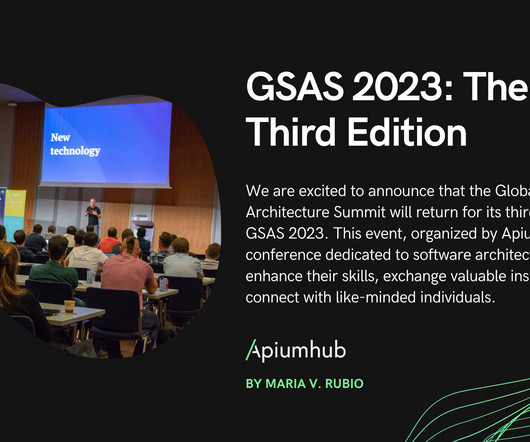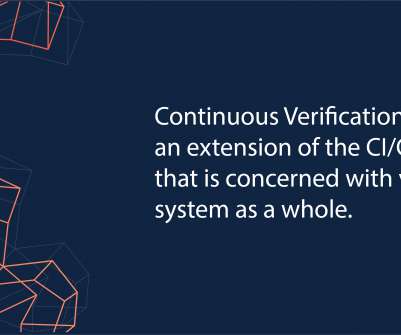GSAS 2023: The Third Edition
Apiumhub
AUGUST 10, 2023
Apiumhub offers services on web and mobile development, software architecture, DevOps, and QA testing. Apiumhub Apiumhub is a software partner that helps technical teams deliver more robust, scalable, and better-performing working software on time by improving their estimation, development, QA, automation, and delivery practices.















Let's personalize your content